Ok, this post is about scapulars and their associated devotion in general. I have been unable to find an image of a black scapular of Mary's seven sorrows, otherwise known as the Servite Black scapular.
A scapular is a Catholic sacramental normally composed of two small pieces of wool cloth connected by string that is worn over the neck, under the clothing, such that one piece of cloth hangs over the chest, and the second piece of cloth hangs over the back ~ thus the name scapular as they hang between the scapulars, or shoulder blades. They derive from the scapulars which make up part of monastics' religious habits -- that ankle-length (front and back), shoulder-wide, apron-like part of the habit that basically consists of a long rectangular piece of material with a hole for the head. Some have hoods and some tie under the arms. Monastic scapulars came, over time, to be called jugum Christi (the yoke of Christ), and receiving the scapular (becoming "invested") took on solemn meaning.
In addition to regular monastics of the First Order (i.e., friars) and Second Order (cloistered nuns), laity attached themselves to various religious orders, too, in what are called "Third Orders." Some lay members of Third orders -- "tertiaries" -- are "Third Order Religious" who live in a monastic community and generally take vows; most others are "Third Order Secular" who live in the world and generally make solemn promises. In the beginning, many of these lay people were invested with the full habit; later, they came to wear only the very small scapulars under their clothing. In addition to these Third Orders, Confraternities of lay-people (married or single -- just "regular Catholics") developed. These were invested with Scapulars of Religious Orders to which they were attached. For example the Brown scapular of the Carmelites, the Black scapular of the Servites, etc. It is these scapulars for lay people belonging to a Confraternity or a Third Order that one generally thinks of when one hears the word "scapular."
Some scapulars have privileges and indulgences attached to wearing them, but like any sacramental, scapulars are not magic; their efficacy depends on the proper intentions and faith of the wearer. Only by following through on the promises one makes when becoming invested can the benefits associated with them be had. They act as reminders, too, of these things they signify and of the Saints who are parts of the religious community in question. They are reminders to live in purity and holiness.
Friendly reminder, to reverently kiss one's scapular is an indulgenced act.



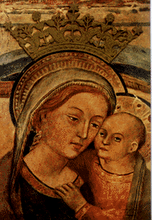







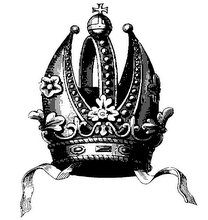
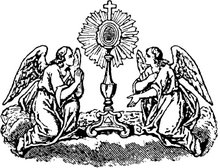
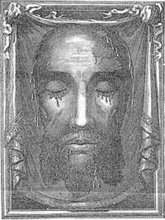


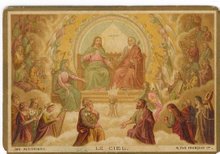



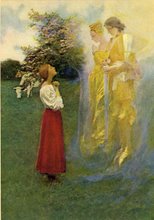
01.jpg)











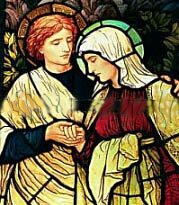













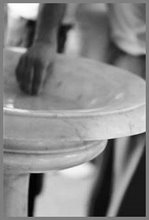



1 comment:
i like those!
Post a Comment